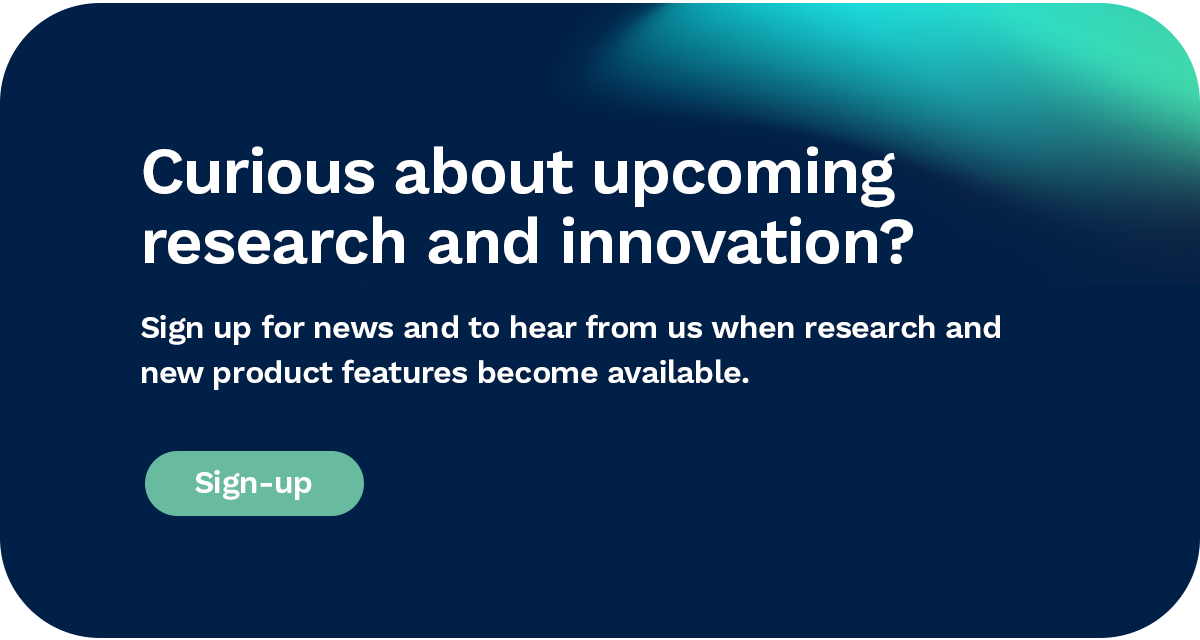
5 Reasons Why Echocardiography Analysis is Moving to the cloud
- | By Ultromics
- Articles
Healthcare organizations are adopting cloud-based platforms as an alternative to traditional on-premise solutions for their echocardiography analysis. According to a recent HIMSS Analytics survey, across healthcare over 83 percent of providers are already using cloud technology, and that is expected to reach a value well above 90 percent in the next year.
The cloud has become one of the most valuable ways for providers to drive down costs, maximize resources, and maintain both efficiency and security, while putting patient outcomes first. The on-demand availability has showcased not only its substantial ROI value and ease of implementation, but also its ability to improve diagnostic reliability and time to treatment.
The technology is pointing to a different model becoming the norm very quickly – taking the leap from volume-based care to value-based care, which holds faster, safer, sustainable, and more convenient ways of delivering echocardiography services.
We explore the 5 keys reasons why providers are shifting to their echocardiography analysis to the cloud.
1. Fast and reliable diagnostics
One of echocardiography’s most significant pain points has always been variability when interpreting patient images. According to the Circulation Journal: “Diagnostic errors are a major unresolved problem. Not only can cardiologists differ from one another in image interpretation…the same observer may come to different findings when a reading is repeated.” [1]
Cloud-based platforms for echocardiography analysis removes this variability by automating analysis and providing reports at the point of care. Diagnostic reports can be sent without any downtime spent at a computer workstation, adjusting contours and confirming analysis, allowing clinicians to benefit from accelerated response times which are always consistent. This level of speed and automation improves throughput and efficiency for the provider, and allows departments to run smoother and more effectively, with a lower chance of error.
2. Simplified IT Infrastructure and lower costs
Currently to be responsive to new innovation, new software and applications must be purchased, configured and installed to meet the demand, this can be time-consuming and expensive. After completing the upgrade, staff also need to go through new training sessions in order to use the updated software.
While onboarding cloud services does involve new processes, many echocardiography practices have found the learning curve to be less steep and more straightforward. This is largely due to the way cloud computing was designed: the service is streamlined, easy to implement, and built for ease of use.
There are no initial upfront costs for software and hardware, and flexible pricing options like pay as you go subscriptions. This ease of use continues on through any future upgrades, which are free and continuously deployed to ensure you always have the latest technology. This allows providers and practices to move away from unpredictable software and legacy systems which become obsolete. In addition, you only pay for services you need them and can and scale up when you need.
3. Vendor neutral connection that removes silos
Legacy software and applications also create silo problems that puts additional strain on IT budget and staff. Technology for echocardiography analysis is traditionally restrained to the place where it was installed, and constrained to one vendor, meaning clinicians can only use software in that place.
As technology continues to advance at a rapid rate, it causes data silos on these proprietary applications, and makes it challenging to update and provide potentially life-saving innovation to multiple workflow applications.
Cloud eliminates these complex integrations and offers a unified platform that is universal in supporting multiple vendors and workflows. Most cloud-based platforms can be integrated at any care setting through a single cloud connection, so new measurements, such as cardiac strain, can be used on day one. This enables every single care team member can obtain access to the best-in-class toolkit for disease detection and be more predictive in care settings. Providers benefit from a unified centralized platform for all users, in all environments.
Furthermore, new AI options are seamlessly added to the toolkit by the cloud provider, as their library of algorithms grow.
|
|
4. Scale easily and improve accessibility
Cloud offers the best flexibility and agility to suit your care demands. Not only can it be accessed anywhere using a secure, vendor-neutral connection, but it can also be turned on when you need, and scaled up or down with greater capability.
For example, you can switch on reporting for your echocardiography analysis only at certain hours or during a busy period. This can be easily done through a single cloud connection, and spun back down when you aren’t busy.
This is beneficial in geographically disperse locations, where IT managers can scale and mirror services to new locations, so they can share the same technology. Measurements such as cardiac strain are already in place and can be leveraged where needed. IT managers can deploy these updates with ease, remotely and without disruption.
The simplified nature of using cloud reports also means care can be extended beyond the experts and to all team members, from physicians to nurses and advanced practice providers. Care to be provided at more times and in more places, such as in the community, where patients can receive lifesaving checks close to their homes.


|
Read a case study to learn about the economic value of cloud-based echocardiography. Download free guide ➢ |

5. Embedded Security
Practices and hospitals generally have different levels of security, which can pose a risk to data-sensitive systems, especially if these are located on-premise.
Performing compliance validation and maintaining security for these on-premise systems requires a great deal of admin work, all of which takes away from strategy and other valuable tasks.
Cloud providers infuse their solutions with additional protocols and extra security layers, to ensure platform security and safe handling of health information (PHI). They will conduct external audits, and offer privacy, security and regulatory controls, to assure operational security. Cloud platforms are protected with a secure VPN, adhere to the highest levels of security practices, including being HIPAA compliant and ISO27001 certified, and have a robust Information Security Management System.
Conclusion
With cloud-based echocardiography, clinicians can address and fix the common pitfalls of on-premise technology which have affected reliability and quality of care.
Cloud can help providers face the challenge of balancing study quality with rising cases, all while delivering on the Quadruple Aim of improving outcomes, clinician and patient stratification, and lowering costs.
Accurate and fast reporting, high accessibility, ease of implementation, simplified innovation and embedded security, make moving to the cloud a potentially significant return on investment and help them drive down costs while delving the best care delivery.
Ultromics' AI-powered platform, provides profound improvements in provider efficacy and efficiency with features such as outcomes-based analysis, automated cardiac measurements and a cloud connection. This transformative combination provides better outcomes with higher quality and lower costs for payers, providers and patients throughout the continuum of care.
